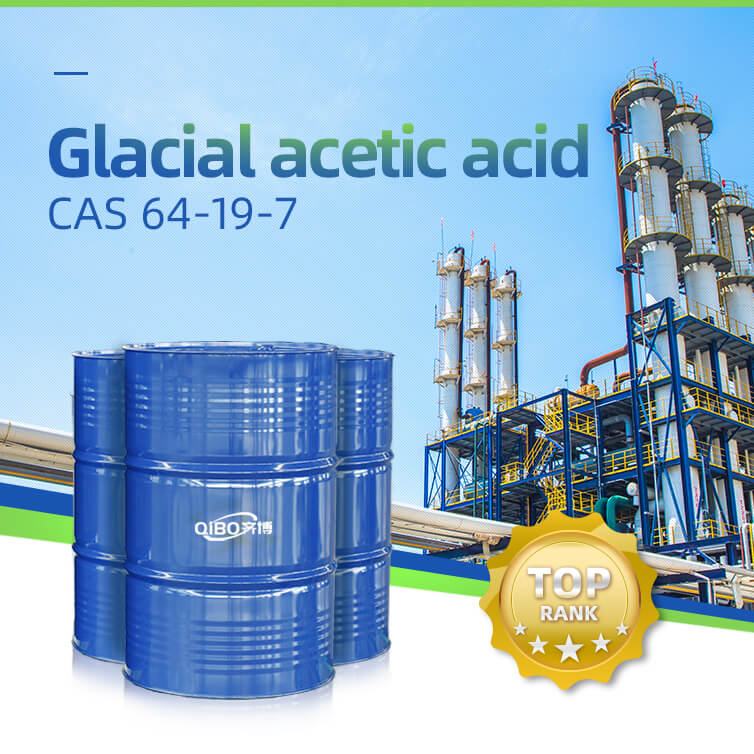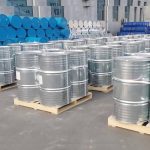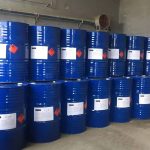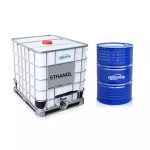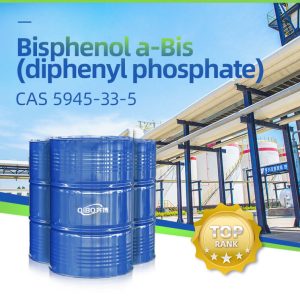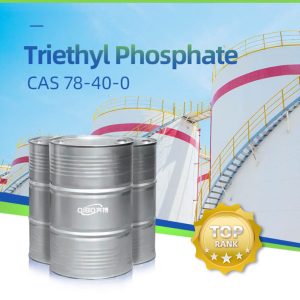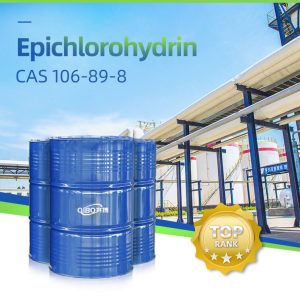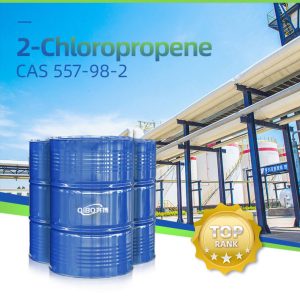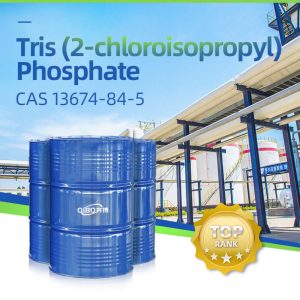
PROUDCTS
Home » PRODUCT » Organic Acid » Glacial acetic acid
Product introduction
| CAS NO. | 64-19-7 | Formula | CH3COOH |
| EINECS NO. | 231-791-2 | Water soluble | Soluble |
| Melting point | 16.6 ℃ | HS CODE | 29152119 |
| Boiling point | 117.9 ℃ | Critical temperature | 374℃ |
| Density | 1.05 g/cm³ | UN NO. | 2789 |
| Appearance | Colorless transparent liquid with pungent odor | CLASS | 8 |
| Flash point | 39 ℃(CC) | Solubility | Soluble in water, ethanol, ether, glycerin, insoluble in carbon disulfide |
Glacial acetic acid, also called acetic acid, is an organic compound with the chemical formula CH3COOH, which is an organic monobasic acid and is the main component of vinegar. Pure anhydrous acetic acid (glacial acetic acid) is a colorless, hygroscopic liquid with a freezing point of 16.6°C (62°F). Steam is irritating to the eyes and nose.
Acetic acid is widely distributed in nature, such as in fruit or vegetable oils, and acetic acid exists mainly in the form of esters. In animal tissues, excrement and blood, acetic acid exists in the form of free acid. Many microorganisms can convert different organic matter into acetic acid through fermentation.
Molecular Structure
The crystal structure of acetic acid shows that the molecules are combined into dimers (also known as dimers) through hydrogen bonding, and the dimers also exist in the vapor state at 120 °C. The dimer has high stability, and it has been proved by freezing point depression and X-ray diffraction that carboxylic acids with smaller molecular weights such as formic acid and acetic acid exist in the form of dimers in solid, liquid, and even gaseous states. When acetic acid is dissolved in water, the hydrogen bonds between the dimers are quickly broken. Other carboxylic acids have similar dimerization phenomena.
acidity of acetic acid
The carboxyl hydrogen atoms of acetic acid can be partially ionized into hydrogen ions (protons) and released, resulting in the acidity of the carboxylic acid. Acetic acid is a monobasic weak acid in aqueous solution, with an acidity coefficient of 4.8, pKa=4.75 (25°C), and the pH of an acetic acid solution with a concentration of 1 mol/L (similar to the concentration of household vinegar) is 2.4, which means that only 0.4% of Acetic acid molecules are dissociated.
Industrial applications
1. Acetic acid is a bulk chemical product and one of the most important organic acids. Mainly used in the production of acetic anhydride, acetate and cellulose acetate. Polyvinyl acetate can be made into films and adhesives, and is also a raw material for synthetic fiber vinylon. Cellulose acetate can be used to make rayon and motion picture film.
2. Acetate formed by lower alcohol is an excellent solvent and is widely used in paint industry. Since acetic acid dissolves most organics, it is also a commonly used organic solvent (eg for the oxidation of p-xylene to produce terephthalic acid).
3. Acetic acid can be used in some pickling and polishing solutions, as a buffer in weak acid solutions (such as zinc plating, electroless nickel plating), as an additive in semi-bright nickel plating electrolytes, and in passivation of zinc and cadmium. In the solution, the binding force of the passivation film can be improved, and it is often used to adjust the pH of the weak acid plating solution.
4. It is used to produce acetate, such as manganese, sodium, lead, aluminum, zinc, cobalt and other metal salts. It is widely used as a catalyst, an auxiliary agent in fabric dyeing and leather tanning industry; lead acetate is the paint color lead white; Lead tetraacetate is an organic synthesis reagent (for example, lead tetraacetate can be used as a strong oxidant, provide a source of acetoxy groups, and prepare organic lead compounds, etc.).
5. Acetic acid can also be used as analytical reagents, organic synthesis, synthesis of pigments and pharmaceuticals.
food use
In the food industry, acetic acid is used as an acidulant, flavoring agent and spice to make synthetic vinegar, dilute the acetic acid with water to 4-5%, add various flavoring agents, the flavor is similar to that of alcohol, the production time is short, and the price Cheap. As a sour agent, it can be used in compound seasonings, in the preparation of vinegar, canned food, jelly and cheese, and used in moderation according to production needs. It can also be used as a flavor enhancer for koji wine, and the usage amount is 0.1 to 0.3 g/kg.


